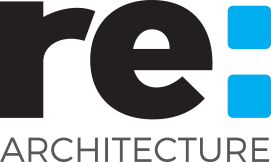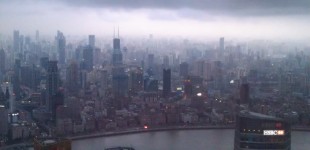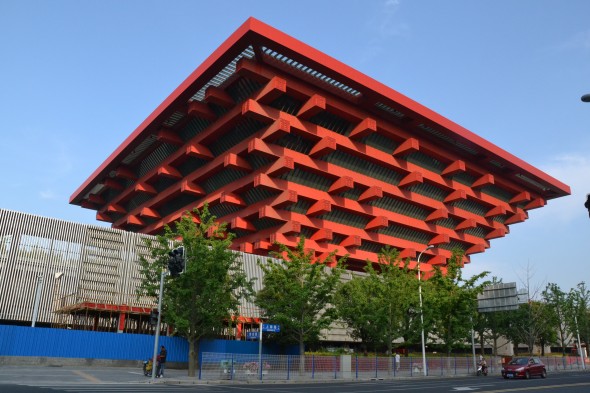An exhausting and exciting week of tromping through the city with my 13 urban design, architecture, and landscape students. The theme was to explore and discover the meaning of authentiCITY (the caps borrowed from one of the students!) in this crazy mixed-up place where the the past, present, and future all collide in seeming random but compelling ways. They presented some ideas on this last night at 10design - an innovative architecture firm here.
Some random quotes of the students - paraphrased - include:
-authenticity of the past, present, and future: all are inter-related and can exist in different ways in different places.
- creating settings that support the life of the place - people adapt their unique ways of living to new forms of space
- is anything inauthentic (or is everything authentic?)
- does authenticity come from cultural and spiritual continuity: create places that work as an expression of those values
- linking authenticity to our experience of an individual: extending the qualities of an authentic person to the scale of a building, place, or city!
- linking authenticity to sustainability ... environmental, social, and economic success and resonance in all these realms are essential ingredients for a place to be considered authentic.
These initial thoughts have some interesting insights about this complex and difficult subject. In this new land and time - where the local and the global, the future and the past all collide in the experience of the present, we seek to derive meaning from our physical worlds. Our job as designers is to create places that reconcile these contradictions and build meaning through form and experience. No simple task.
As always, advances in science and technology give us new tools to aid us in this - yet we have to figure out how to integrate these new understandings:
http://www.nytimes.com/2012/01/08/opinion/sunday/seeing-the-building-for-the-trees.html?_r=1
Last week we saw Patrik Schumacher (Zaha Hadid, partner) speak at Tongji University. He spoke of parametricism, a new style of the epoch. New design tools can create legibility through recognizing difference in form. We no longer have to create repetitive, undifferentiated environments. Yet, interestingly, though the monochromatic (white) and always curving forms of their work, while difference is expressed it is also repressed where it all starts to look the same. Legibility is ultimately not advanced.
AuthentiCITY can be a tool to create legibility and meaning in the built environment. These two ideas are related. Places that are rich with meaning also tend to have a legibility that comes from their specificity. They are memorable and unique. They support us, welcome us, excite us, and inspire us.




